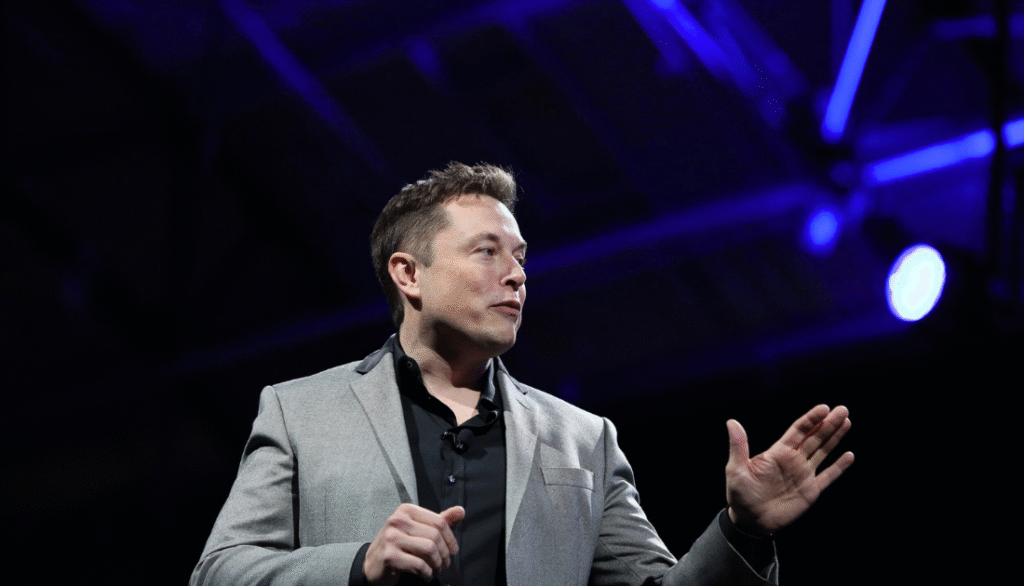Elon Musk has confirmed that advertising will soon be integrated into Grok, the chatbot embedded in X.
Highlights
- X (formerly Twitter) will begin embedding context-aware ads directly into Grok’s AI-generated responses—marking a major shift in conversational monetization.
- Intent-based targeting: Ads will align with user queries in real time, replacing demographic-based ad targeting with content-sensitive suggestions.
- “Ideal solutions” approach: Elon Musk described the model as delivering useful products or services right when a user is trying to solve a problem.
- Grok becomes a conversational marketplace, blending personalization, commerce, and AI-driven recommendations into each interaction.
- Backed by xAI technologies: Grok’s ad engine will leverage targeting systems from Musk’s AI startup, which now owns X after a $45B acquisition.
- Part of a broader monetization push as X repositions AI as a central revenue stream amid advertising and leadership shake-ups.
- Grok may evolve into an autonomous marketing agent, capable of running entire ad campaigns—from targeting to optimization—on behalf of advertisers.
- Industry-wide trend: Microsoft, Google, Amazon, and Perplexity are all experimenting with ads embedded in AI tools and chat experiences.
- Transparency concerns: Experts warn of potential user distrust if AI-driven ads aren’t clearly disclosed or distinguished from organic content.
- No rollout date yet, but Grok’s monetization plan could set a precedent for how generative AI platforms fund their operations long term.
The announcement, made during a live discussion with advertisers, signals a new monetization strategy that combines conversational AI with context-aware sponsored content.
Rather than using traditional banner or sponsored posts, ads will be embedded directly within Grok’s responses, aligning with user intent in real time.
According to Musk, these AI-driven ad placements will present what he described as “ideal solutions at the moment a user is trying to solve a problem.”
Context-Aware Ads Inside AI Conversations
The concept centers on advertisers paying for placement within Grok’s suggestions, allowing promotions to appear organically within answers.
This maybe a part of shift from demographic-based ad targeting toward intent-based advertising, where placement is based on the content of user queries.
“Our focus thus far has just been on making Grok the smartest, most accurate AI in the world, and I think we’ve largely succeeded in that,” Musk stated during the discussion. “So we’ll turn our attention to how we pay for those expensive GPUs.”
Integration with xAI and X’s Monetization Push
The advertising model will incorporate targeting technologies from xAI, Musk’s AI startup, which acquired X in a $45 billion deal earlier this year. This integration supports Musk’s broader effort to consolidate social, conversational, and commercial AI tools into a unified ecosystem.
The move also comes amid uncertainty surrounding X’s advertising strategy, following leadership changes and brand safety concerns.
Former CEO Linda Yaccarino’s recent departure left open questions about X’s revenue model. With this initiative, AI is being positioned as a central pillar of future monetization.
AI Chatbots as Ad Delivery Platforms
X is not alone in this direction. Other companies are also exploring ad integration within AI tools:
- Microsoft Copilot and Perplexity have tested embedding ads into AI-generated responses.
- Google is developing ads that appear within AI-generated search summaries.
- Amazon is reportedly experimenting with inserting ads into conversations via Alexa Plus.
Grok as a Fully Autonomous Marketer
Musk also outlined a vision where Grok could play a larger role in the advertising process itself.
In the future, advertisers might upload a campaign, and Grok would automatically handle targeting, optimization, and even strategy—functioning more like a digital marketing agent than just a chatbot.
Consumer Trust and Transparency Concerns
While the model presents a new monetization pathway, it also raises questions about user trust and transparency.
Academic research has shown that embedding ads into AI-generated responses—particularly without clear disclosure—can create user distrust, especially when commercial messages are not clearly distinguished from informational content.
Experts caution that unlabeled or “invisible” ads may be perceived as manipulative if users later recognize them as sponsored content. Ensuring transparency and maintaining trust may be critical to the long-term viability of this model.
No Rollout Date Confirmed Yet
While Musk has not provided a specific timeline for implementation, the integration of ads into Grok reflects one of the most direct attempts to commercialize generative AI through advertising to date.
If successful, it could serve as a template for other platforms navigating how to fund and scale AI technologies sustainably.


